Minutes of RBA’s September 6 meeting revealed that there were discussions on whether to hike by 25bps or 50bps. But, “given the importance of returning inflation to target, the potential damage to the economy from persistent high inflation and the still relatively low level of the cash rate, the Board decided to increase the cash rate by a further 50 basis points.”
RBA reiterated that there will be further interest rate hikes “over the months ahead”, but it’s it “not on a pre-set path”. The full effects of higher interest rates were “yet to be felt” on mortgages, activity and inflation.
The board was “mindful” that the path to bring inflation back to target “needed to account for the risks to growth and employment. RBA is seeking to return inflation to target “while keeping the economy on an even keel”.
Size of timing of future rate hikes will be “guided by the incoming data” and outlook for inflation and job market, and risks. “All else equal, members saw the case for a slower pace of increase in interest rates as becoming stronger as the level of the cash rate rises”.




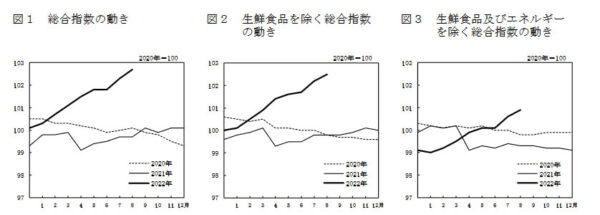
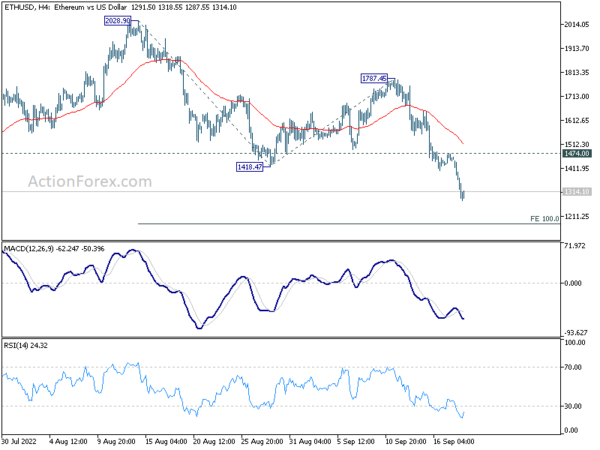
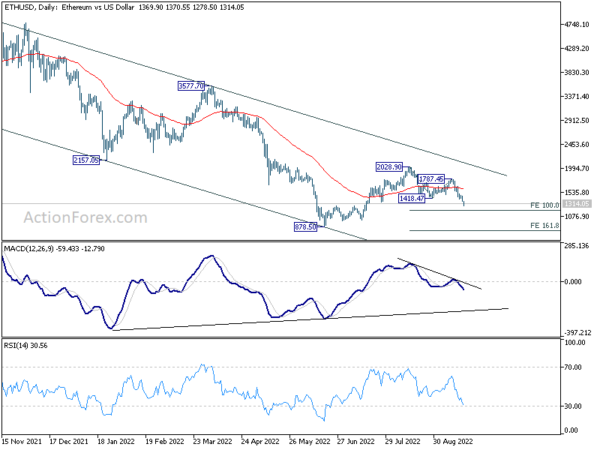
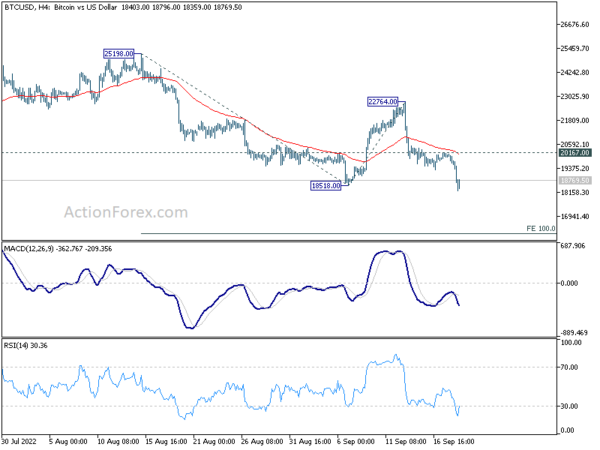
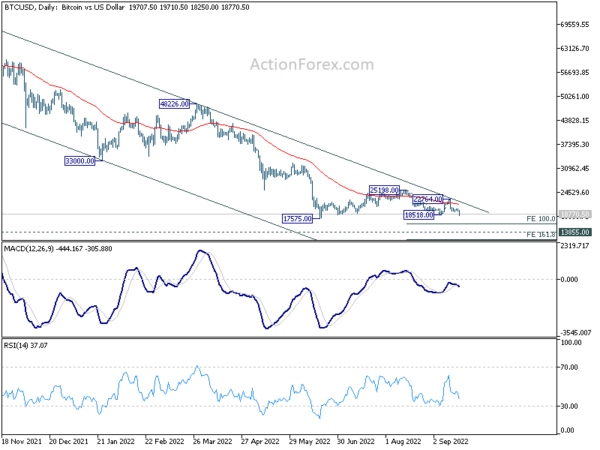
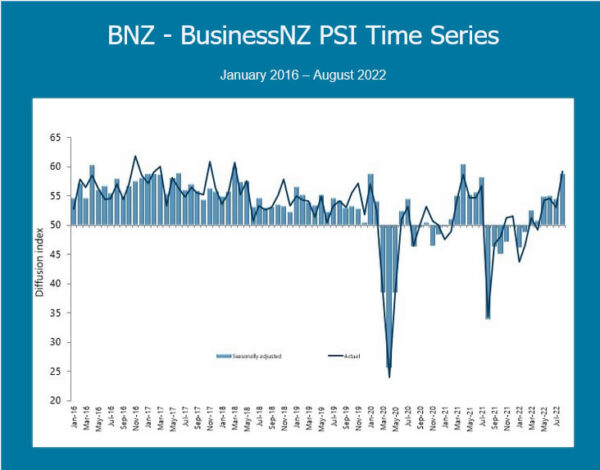
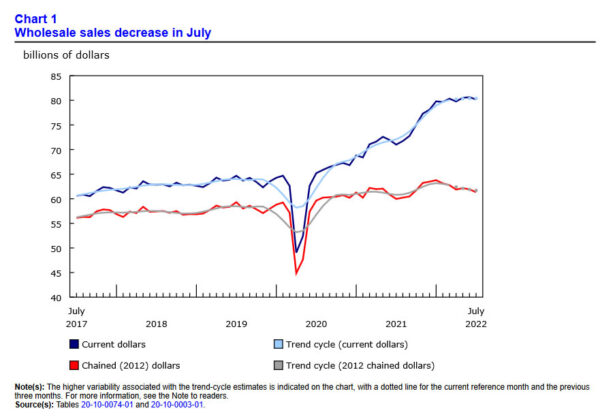

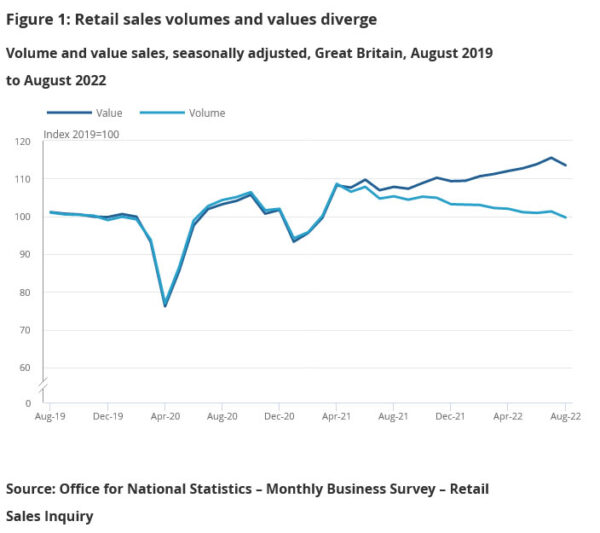
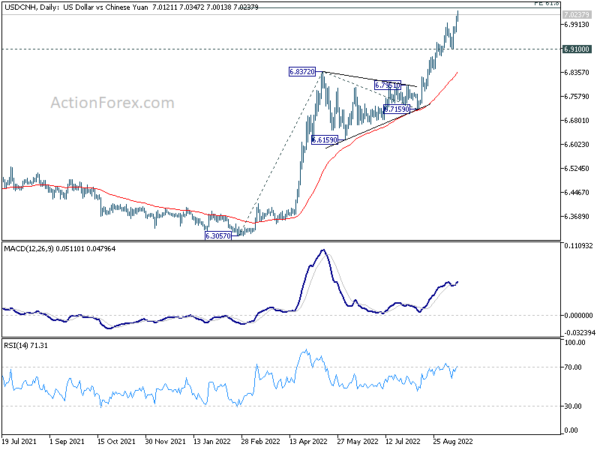
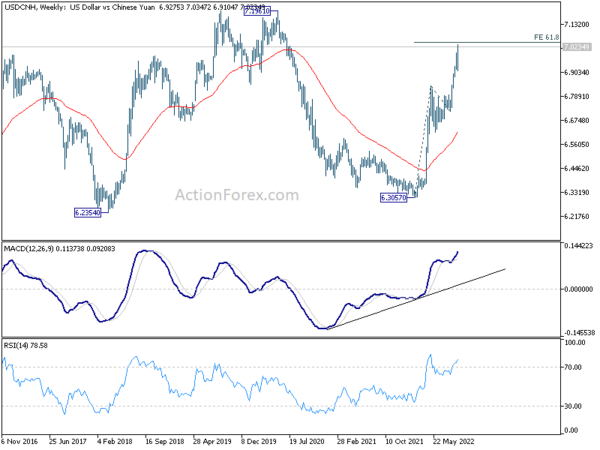
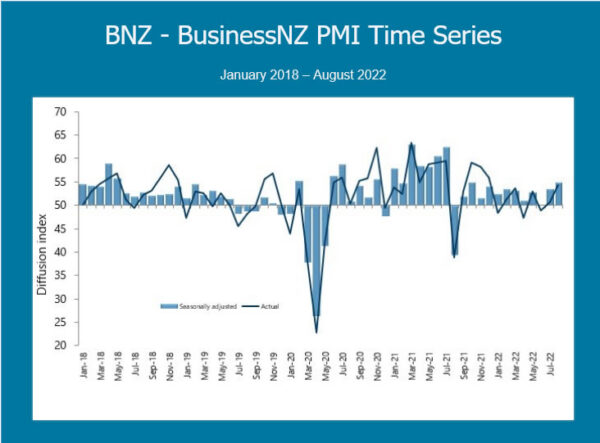
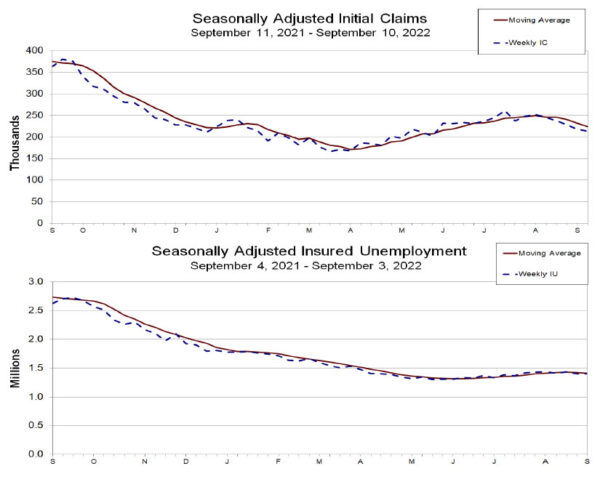
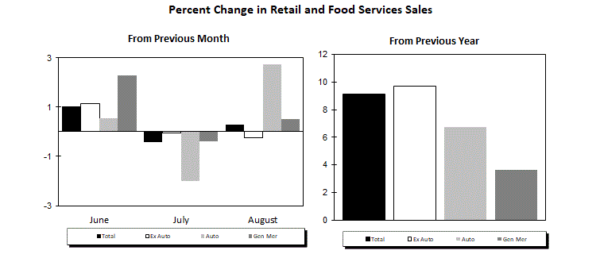
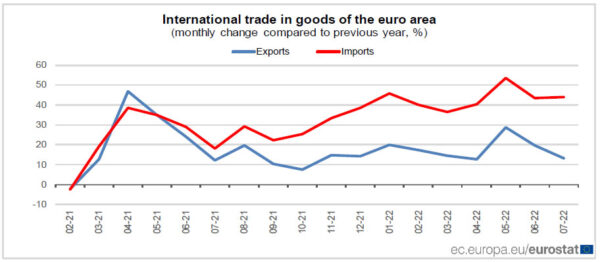

SECO downgrades Swiss GDP forecasts, upgrades CPI
SECO downgraded Swiss GDP growth forecasts for 2022 from 2.6% to 2.0%. For 2023, GDP growth projection was also lowered from 1.9% to 1.1%. CPI forecasts for 2022 was raised from 2.5% to 3.0%, and for 2023 up from 1.4% to 2.3%.
It said, “after a positive first half of the year 2022, the Swiss economy now faces a deteriorating outlook. A tense energy situation and sharp price increases are weighing on economic prospects, especially in Europe.”
It also warned of risks from “serious gas or electricity shortages” in Europe, and “large-scale production stoppages and a marked downturn”. Such a negative scenario would likely lead to “high domestic price pressures” and “downward trend in the economy economy. With rising interest rates, ” risks associated with the surge in global debt are intensifying.
Full release here.